Theme, Concept

Theme, Concept
Theme
Of Roots and Clouds
Sinrit/Niskur
Concept
The Sapporo International Art Festival 2020 (SIAF2020) is a forum for inquiring into art and wider society. Rather than simply present artworks to viewers, we aim to shape the festival experience through the mutual interplay of everyone involved, in order to create an environment where thoughts and ideas can be shared, exchanged and discussed. What unique perspectives can art offer each of us in our attempt to confront society and live with others in harmony? What tools and methods can it provide that will help us to reexamine the issues plaguing our world? We hope you will join us in contemplating these questions.
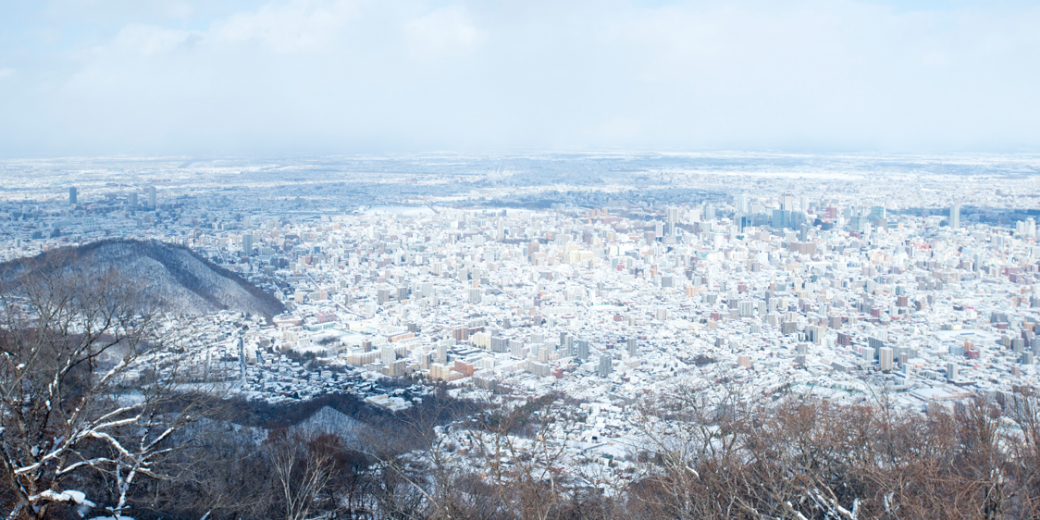
The theme of the third Sapporo International Art Festival (SIAF), scheduled for the winter of 2020, is “Of Roots and Clouds.” Roots that reach into the depths of the earth and clouds that drift in the sky – these are perfect symbols of the expansive natural beauty that Sapporo and the entire island of Hokkaido have to offer. One might also see them as the lower and upper bounds of humanity’s domain on this planet, a domain that contains endless cycles of change. Clouds are themselves a part of one such cycle: its water vapors condense to form rain or snow, seep into the earth, then, after collecting into rivers, seas and oceans, return to the sky once more.
Trees extend their roots deep into the earth out of our sight, and clouds float far above our reach. Humankind has spent millennia building its societies between these: between that we cannot see and that we cannot touch. The earth also holds roots of another kind – ancestral memories and past histories – while in the sky there are not only birds and clouds, but also invisible networks created by technology. Today, however, the vast quantity of information that society produces accumulates soundlessly like snow, and, like a blizzard in the mountains, can often leave us feeling lost, blinded, disoriented.
Even natural cycles, previously believed immutable, are now thought to be at risk. Over the past two decades, scientists have been proposing that the world has entered the Anthropocene, an epoch in which human activities have as large an impact on the planet’s geology as major earthquakes or volcanic eruptions. Though this theory has its dissenters, it is at the very least a wake-up call about how our actions have the power to destroy the very planet that we live on. It reminds us that we cannot focus solely on human affairs if we are to solve current social and political issues, overcome the challenges that accompany everyday life, and preserve the world for future generations. In other words, these times call for us to extend our imagination beyond our everyday lives – looking past the blizzard before our eyes and question where it has come from, where it is headed – and to think seriously about the future.
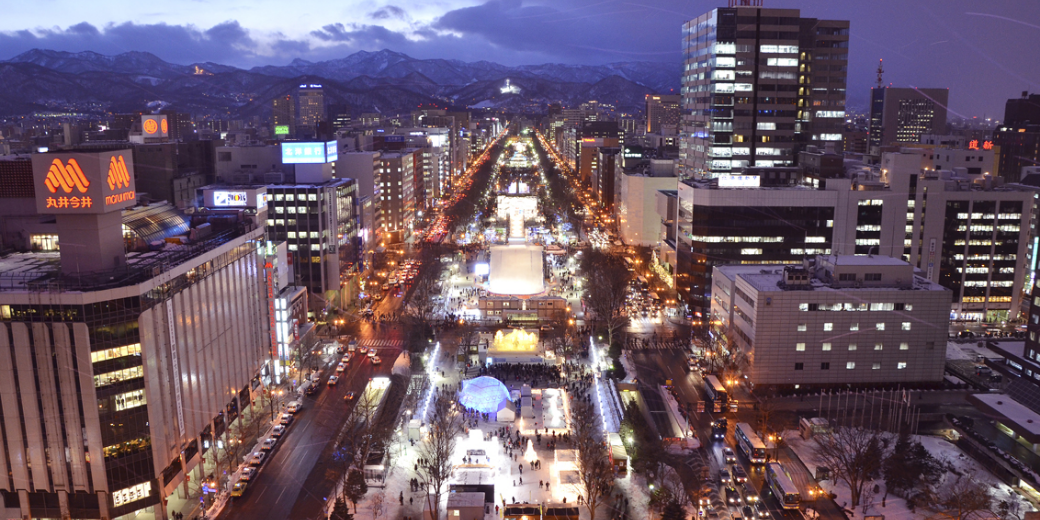
Our reasons for moving the festival from the summer to the winter also lie here. Sapporo is one of the very few cities in the world with a population of over 2 million and an annual snowfall of over 5 meters (16.4 feet). Currently, many people in Japan are voicing concerns for the future beyond the 2020 Tokyo Olympics and Paralympics. Given that Sapporo combines the characteristics of a metropolis with severe natural conditions, it is surely an ideal setting for exploring how communities should coexist with nature in today’s world. Ever since the inaugural festival in 2014, SIAF has situated the theme of “City and Nature” at its heart, tackling the relationship between humanity and the natural world. In these challenging times, we must take another look at the history, geography and culture of the land in order to decide how best to forge our path to the future. Our proposed method is to reexamine our own society from the perspective of art.
In Hokkaido, there have long been attempts to engage with the terrible power of nature from different angles, such as by creating beautiful sights out of snow and ice or holding festivals that celebrate the winter. One example is the Sapporo Snow Festival, which has been a local fixture since 1950. Building upon such long-standing creative initiatives, we seek to encourage artistic perspectives that confront nature head-on – works created out of snow, practices that reconsider the snowy setting from a historical angle, and so on – in a quest for insight that will allow us to live creatively in the world to come.
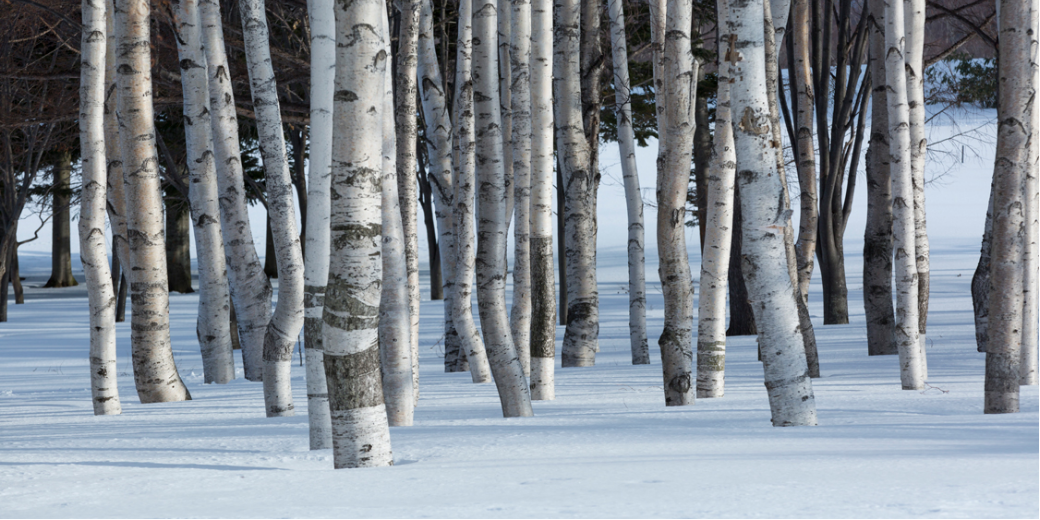
Also integral to the land of Hokkaido is the long history woven by all the people who have inhabited the island. As an art festival based in Hokkaido, SIAF has always cherished the culture and creativity of the Ainu people. As a mark of our profound respect for all the experiences and knowledge that they have inherited, and our wish to work together with them toward a brighter future, the title and theme of SIAF2020 will be shown in Ainu (sinrit means “roots,” and niskur means “clouds”) alongside Japanese and English.
Addressing the history and environment of a particular region might seem on the surface to be a provincial approach. Such a local focus, however, can yield universally applicable insights that serve as hints for tackling region-specific issues throughout the world. Achieving a truly harmonious world that acknowledges and accepts different values and cultures is now a global challenge and mission. By reframing who we are and how we ought to be through the works of artists from Japan and overseas with this shared mission, we will attempt to attain both the local and global perspectives. SIAF2020’s aim is thus to be a festival where people living in the here and now can learn how to regard the world, as it proceeds into the future, from their own standpoint – a festival that fosters the exchange and circulation of such perspectives even after its conclusion, while remaining very much rooted in the local region.
Three Areas of Direction
Beginning with the 2020 installment, SIAF is shifting from having one guest director to having a team of three directors with different areas of expertise. Our hope is that this structure will allow the festival to make new strides, building on the theme and concept developed by the directors.
The two Curatorial Directors will plan and oversee the exhibitions and related programs while communicating closely with artists and curators, playing to their respective areas of expertise – contemporary art and media art. Meanwhile, the Director of Communication Design will act as mediator between SIAF and the viewing public. Her role is to work with the Curatorial Directors from the planning stages, designing and overseeing a range of programs aimed at delivering SIAF to more people.
This trio will work together on an equal footing from the early stages of preparation, deliberating not only how to enhance and develop the festival’s exhibits and programs, but also how to promote SIAF to the general public in an accessible and attractive form. The Curatorial Director of Contemporary Art, Taro Amano, will be in charge of overall supervision of the festival.
Contemporary Art
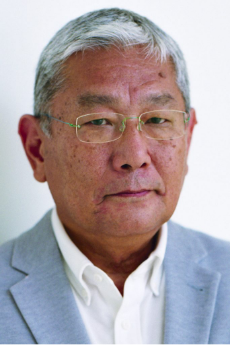
The festival will feature artists of diverse backgrounds, both from Japan and overseas. They will be creating and presenting works that apply the above concepts to scenes familiar to themselves, reinterpreting and reaffirming their meanings. Among these will be initiatives that explore the region’s special character, for instance by recontextualizing the geopolitical makeup of Hokkaido within the larger flow of people, things and events, using historic examples (e.g. the kitamaebune shipping route, which connected the northern regions with the rest of Japan back in the Edo and Meiji periods). We will also be collaborating with curators in Hokkaido to include works from collections held by local museums, to shed new light on the cultural value that the island holds.
The passage of time is intrinsic to the idea of cyclical processes that the festival’s theme evokes. This is tied to another key focus of SIAF2020: to consider what we can learn about the course of art history and the passage of time that it chronicles. For example, the rise of digital media has produced a world of new visual images that redefine the ideas of “original” and “copy,” upsetting such fundamental notions of fine art as autonomy and authenticity. This development raises critical questions regarding not only the future of artworks and artists, but also the issues of archiving and preservation. What artworks should be left to future generations, and how? When the march of progress leaves behind the technologies on which certain artworks hinge – cassette tapes, primitive computers and such – can those works of art survive as works of art in future eras? In this age, when our very thought processes and memories are reliant on technologies such as smartphones and the internet, we need fresh ideas for connecting the past and the future.
Media Art
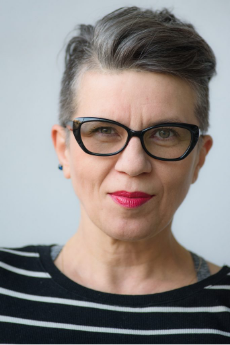
Humanity’s realm between land and sky is constantly undergoing great changes. In discussing the future, it is not enough only to consider history and geopolitics, as argued above; we must also ask how we are to face the present. Today’s world is dictated by algorithms and shaped by the ongoing fourth industrial revolution – that is to say, the advancement of digitalization and artificial intelligence. One could draw analogies between the clouds above our heads and cloud technology – the worldwide communication infrastructure – and between the snow that accumulates on the earth and the proliferation of information through ever-diversifying channels. For this reason, at this installment of SIAF there will be a separate “media art” category for all artworks that relate to technology. This is not to assert some conclusive distinction between contemporary art and media art, but rather to express our focus on the significance of such artistic endeavors.
SIAF2020 will explore how communication and technology – and all the specialized skills, methods and tools associated with them – have always shaped and redefined humanity’s awareness, societies, cultures, conceptions regarding everyday life and nature. This is why we have chosen to spotlight media art as one concrete means of observing society from an artistic perspective. A city that has long engaged with this relationship between technology and cities, Sapporo applied to the UNESCO Creative Cities Network in 2013 and became the first Asian city to be designated as a “Media Art City.” Media art does not exist for the simple purpose of appreciating and promoting understanding for technology; rather, it questions the role of technology in our daily lives from a variety of unique perspectives. Moreover, it would not be too far to say that it is the form of expression most closely relevant to our present day-to-day life, an area of art that reflects humanity’s creativity and its quest to understand the world. Through interaction with works of media art, we believe that people can acquire insights and means by which to get along better with the technologies and devices that directly relate to their daily lives – smartphones, cameras and so on – and gain a critical perspective on contemporary challenges.
As Nam June Paik, a pioneer of media art who left behind works that reflect his calm insight on the relationship between society and ever-evolving technologies, once remarked as follows:
“Our life is half natural and half technological. Half-and-half is good. You cannot deny that high-tech is progress. We need it for jobs. Yet if you make only high-tech, you make war. So we must have a strong human element to keep modesty and natural life.”
(quoted in McGill, Douglas C., “Art People,” The New York Times, October 3, 1986.)
Communication Design
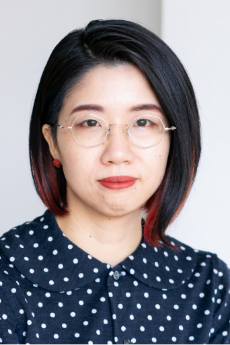
The communication design section will implement a range of programs between the festival and visitors as one of the three pillars of direction at SIAF2020. The festival pursues the role that SIAF should play within social cycles and adapts its approaches in order to attract a variety of people, not only professional audience and art enthusiasts, but also local citizens in Sapporo and Hokkaido as well other parts of Japan and overseas, extending the reach of an art festival further both geographically and into the future.
What does it mean to “extend” SIAF? We see it as the 2020 festival theme “Of Roots and Clouds” moving in three different directions: 1) vertically, 2) horizontally, and 3) transitionally.
1) vertically Just as roots are buried under the snow, so will the festival inspire ideas about what we cannot see. Just as clouds float in the sky, so will the festival turn our attention to what is intangible or unreachable.
2) horizontally Just as clouds are amorphous, so will the festival not be bound by existing frameworks or artificial boundaries. Just as roots stretch out everywhere under the earth regardless of hierarchies, so will the festival value lateral connections and building equal and impartial relationships with everyone.
3) transitionally Examining our roots by confronting fundamental questions like “Where am I from?” and examining possible future developments on clouds, the festival will consider things not only in terms of a single human lifespan but within a longer temporal scale.
In this way, the festival broadens the branches of the imagination to spatiotemporal ideas beyond those faced in everyday life, expands our thinking, and establishes a place for creative communication open also to others and the unknown. Keeping these goals in mind, the communication design will endeavor always to disseminate SIAF2020 in accessible and exciting ways.

